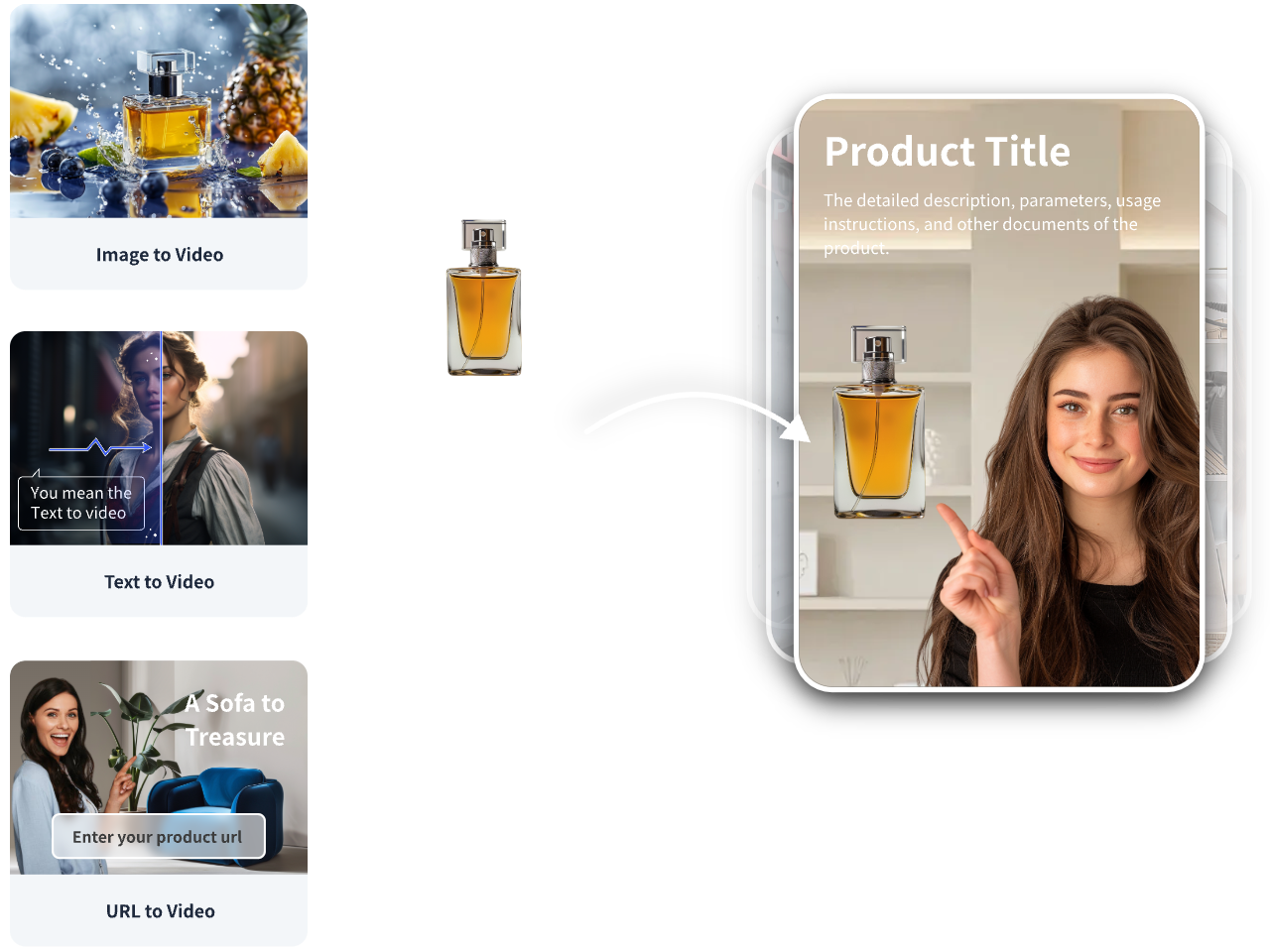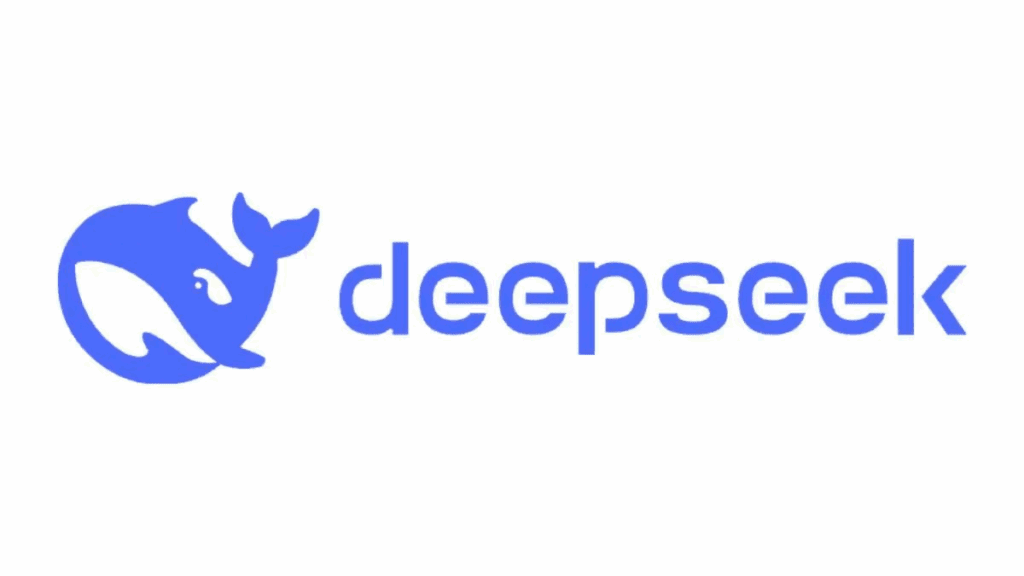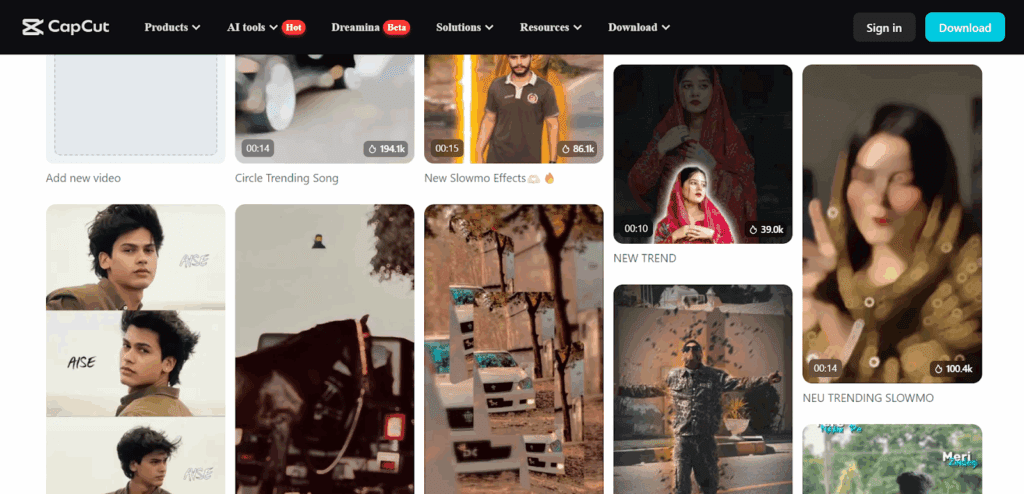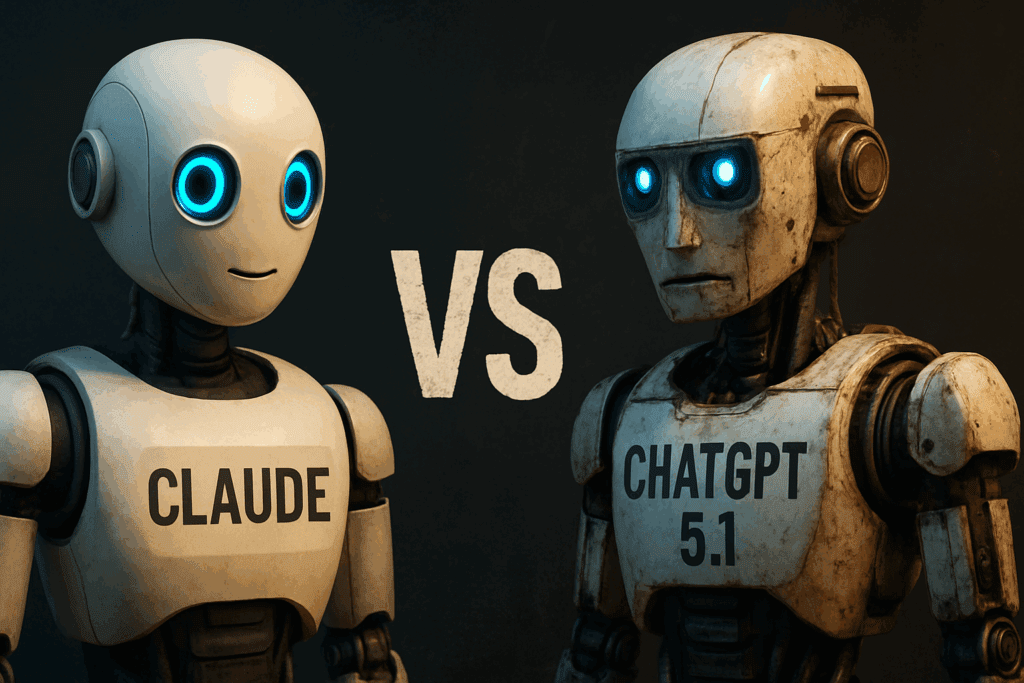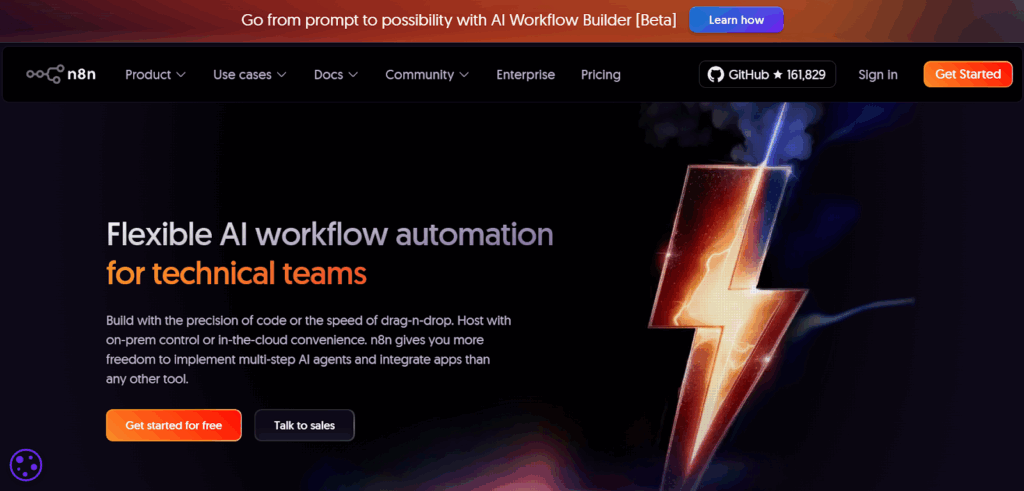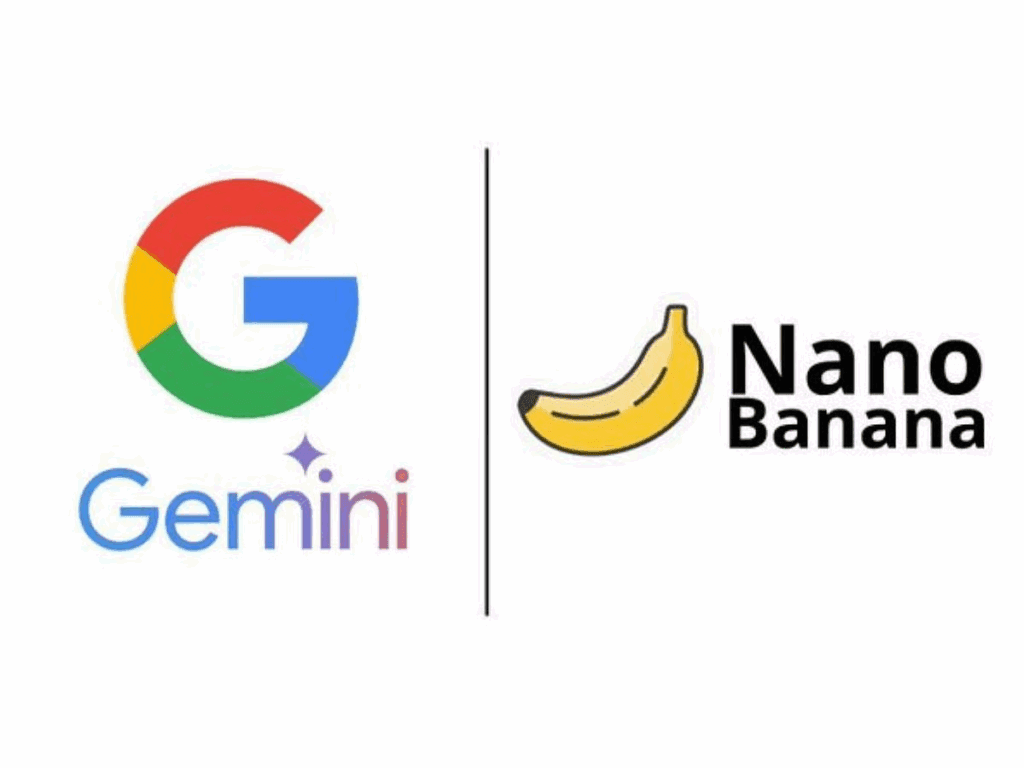$0 vs $1000 Script to Video AI: What’s the Real Difference?
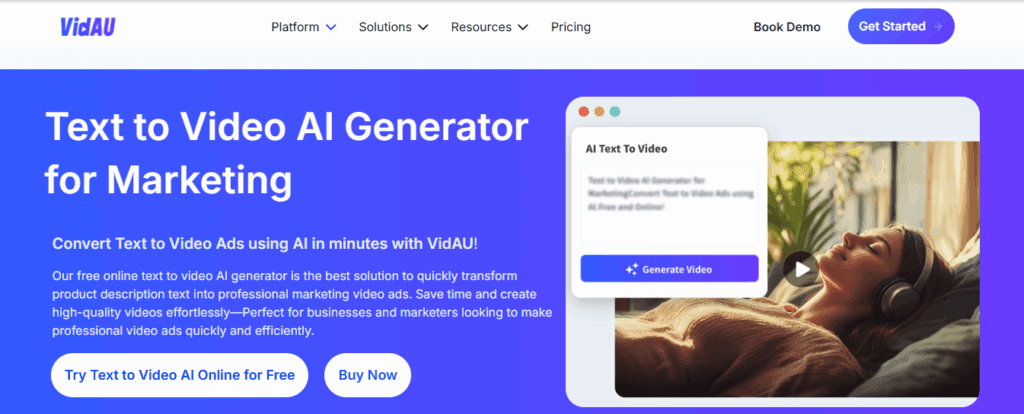
This weekend, I decided to see how good AI videos get at three budgets: $0, $30, and $1,000. I compared free script to video AI tools with paid tools. All focused on a sci-fi style AI video. Below is what to expect at each tier. And how VidAU AI fits in smoothly at every step.
$0 AI Video — Tools and Limits
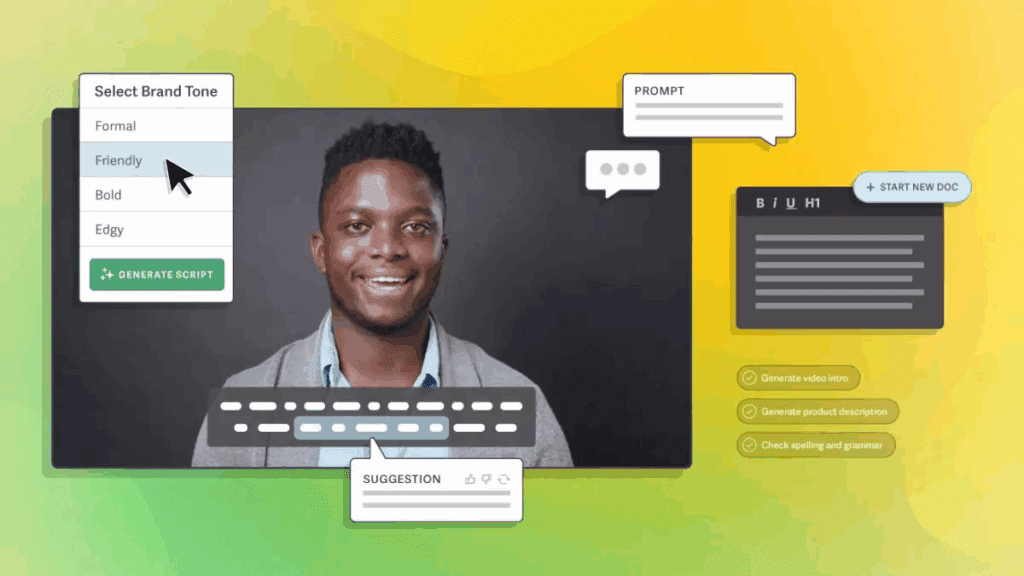
Goal
A sci-fi scene with bright visuals.
Process
- Image generation. Start with a free image model for concept frames: spacecraft, alien plants, neon sky.
- Light animation. Use limited free trials to animate stills.
- Voice and music. Use a free text to speech and a no-copyright track.
- Assembly. Cut, caption, and export.
VidAU AI workflow at $0
- Script to draft. Use VidAU AI Script to Video to turn a short script into a rough storyboard and shot list.
- Asset assembly. Import your stills and voice track into VidAU’s editor, add captions, lower thirds, and basic transitions.
- Brand kit. Save a title card and end card as reusable templates for future projects.
- Output. Render a short 10–20 second teaser. Prioritize clarity over motion.
What to expect
- Watermarks and short clips on non-VidAU tools used for animation.
- Cartoony look in some shots.
- Limited control of camera moves.
- A functional teaser you can publish quickly.
$30 AI Video — Mid-Tier Value
Goal
More photoreal frames and steadier motion.
Process
- Better images. Generate multiple variants for style and character consistency.
- Guided animation. Use low-motion settings for slow, cinematic moves.
- More retries. The small budget buys more attempts and better selection.
VidAU AI workflow at $30
- Script to Video. Feed your script and reference images into VidAU. Select a consistent visual style and a spokesperson if needed.
- AI Avatar track. Record the astronaut monologue with an AI Avatar. Keep it under 30 seconds per scene.
- B-roll builder. Generate or import ambient shots—bioluminescent plants, cockpit panels, HUD overlays—and add them on a secondary track.
- Subtitles and timing. Use auto-caption, then tighten timing in the timeline.
- Multilingual test. Use AI Translate for one extra language to test reach.
- Output. Render 1080p, two cuts, one with captions burned in, one clean.
What you gain
- More photoreal frames.
- Style and character consistency via references.
- Extra iterations, which improves shot selection.
- Motion still not fully cinematic, but smoother.
$1,000 AI Video — Pushing the Boundaries
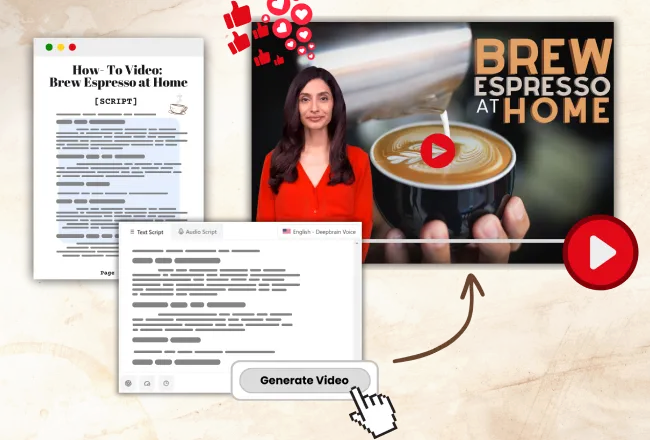
Goal
Short-film polish with dynamic motion, clean audio, and consistent world building.
Process
- World kit. Build a library: cockpit interiors, suit textures, planet surfaces, sky plates, light rigs.
- Lip-sync and performance. Use a higher-end talking head or full-body model where needed.
- Refinement passes. Shot-by-shot cleanups, relights, and re-renders.
- Upscaling and noise management. Improve detail and temporal stability.
VidAU AI workflow at $1,000
- Story blueprint. In VidAU, create a scene list with durations, dialogue, camera notes, and asset references.
- Character pipeline. Lock your astronaut’s face, suit colorway, and helmet reflections. Generate a talking avatar for comms and logs.
- Scene assembly. For each scene, stack layers in VidAU: foreground actor, cockpit glass reflections, HUD, starfield, planet glow.
- Performance polish. Use VidAU’s timing and phoneme alignment tools for tighter lip-sync on log entries and radio messages.
- Localization kit. Auto-translate and voice-clone the logs to two to three languages. Produce region-specific lower thirds.
- Quality pass. Run an external upscale pass if needed, then re-import to VidAU for titles, color trims, and final audio mix.
- Deliverables. Export master 4K, social cuts at 9:16 and 1:1, plus clean textless versions for future reuse.
What you gain
- High consistency across shots.
- Better lip-sync, cleaner dialogue, and stable motion.
- Sharper details after upscale.
- Enough iterations to fix lighting and continuity issues.
Budget vs AI Video Quality
- $0. Good for learning, fast teasers, and proof of concept. Expect limits in motion, resolution, and control.
- $30. Strong value. Better images, steadier motion, workable character consistency.
- $1,000. Professional polish. Tight lip-sync, consistent world, multilingual deliverables, multiple formats.
How VidAU AI Fits Across Budgets
Pre-production
- Script to Video for a fast storyboard and timing map.
- Brand kit for titles, fonts, and colors.
- Asset library to track cockpit elements, planets, and sky plates.
Production
- AI Avatar for astronaut logs and mission briefings.
- Voice cloning for consistency across scenes and languages.
- Timeline editor for captions, HUD overlays, and transitions.
Post-production
- Translate and subtitle for extra markets.
- Audio mix, music ducking, and sound effects placement.
- Batch renders for master, YouTube, TikTok, and reels.
Action Plan You Can Use Today
- Write a 60-second script with three scenes.
- In VidAU, create a project, set brand kit, and import two stills per scene.
- Generate an AI Avatar reading the script.
- Add captions, a HUD overlay, and two sound effects.
- Export a 1080p cut and a 9:16 social cut.
- Review pacing, adjust timings, and re-export.
This keeps your workflow simple at first, then lets you scale. As your budget grows, add more iterations, better motion passes, and localization. VidAU AI stays in the center—scripting, assembly, captions, avatars, translation, and packaging for distribution.
Comparison Table
$0 vs $30 vs $1,000 — What Changes Most
| Budget Level | Goal & Look | Core Process Highlights | VidAU Role in Flow | Expected Quality | Typical Deliverables |
| $0 | Bright sci-fi teaser | Free images, light animation, free TTS/music, basic edit | Script-to-Video, captions, brand kit, simple export | Short clips, cartoony shots, limited camera control | 10–20s teaser, watermarks on non-VidAU tools |
| $30 | More photoreal, steadier motion | More variants, low-motion animation, more retries | Script-to-Video, AI Avatar, B-roll track, auto-captions, 1 extra language | Smoother motion, better consistency | 1080p; two cuts (burned-in captions + clean) |
| $1,000 | Short-film polish | World kit, lip-sync model, relights, re-renders, upscaling | Story blueprint, layered scene assembly, phoneme tools, localization, final mix | Consistent world, tight lip-sync, stable motion | 4K master; 9:16 and 1:1 socials; textless masters |
Conclusion
Budgets change the ceiling, not the workflow. At $0, you can learn fast and publish a clean teaser. For $30, you gain retries, steadier motion, and better frames. At $1,000, you reach short-film polish with consistent worlds, tight lip-sync, and multiple deliverables. Throughout, VidAU AI stays in the middle—script to video, assembly, captions, avatars, translation, and packaging—so you grow quality by adding iterations, not chaos.
Frequently Asked Questions
1.What do I really get at $0?
A quick teaser you can publish. Expect limits in motion, resolution, and control. Use VidAU to keep it clean and branded.
2. Where does $30 make the biggest difference?
Retries and guided motion. You get more photoreal frames and steadier movement—plus captions and a test language.
3. Why spend $1,000?
For world consistency, clean audio, tight lip-sync, and multiple polished deliverables (4K + social cuts + textless).
4. How long should clips be at each tier?
Keep them short. Aim for 10–20 seconds at $0, 5–10 seconds per shot at $30 and $1,000, then assemble.
5. How do I keep character consistency?
Reuse the same face/reference images and style notes. Lock them in your VidAU project and brand kit.
6. What’s the fastest way to go from script to post?
Use VidAU Script to Video → import stills and voice → auto-caption → add HUD overlays → export 1080p + 9:16.
7. When should I use voice cloning?
At $30 to test reach in one extra language, and at $1,000 for full localization across two to three languages.
